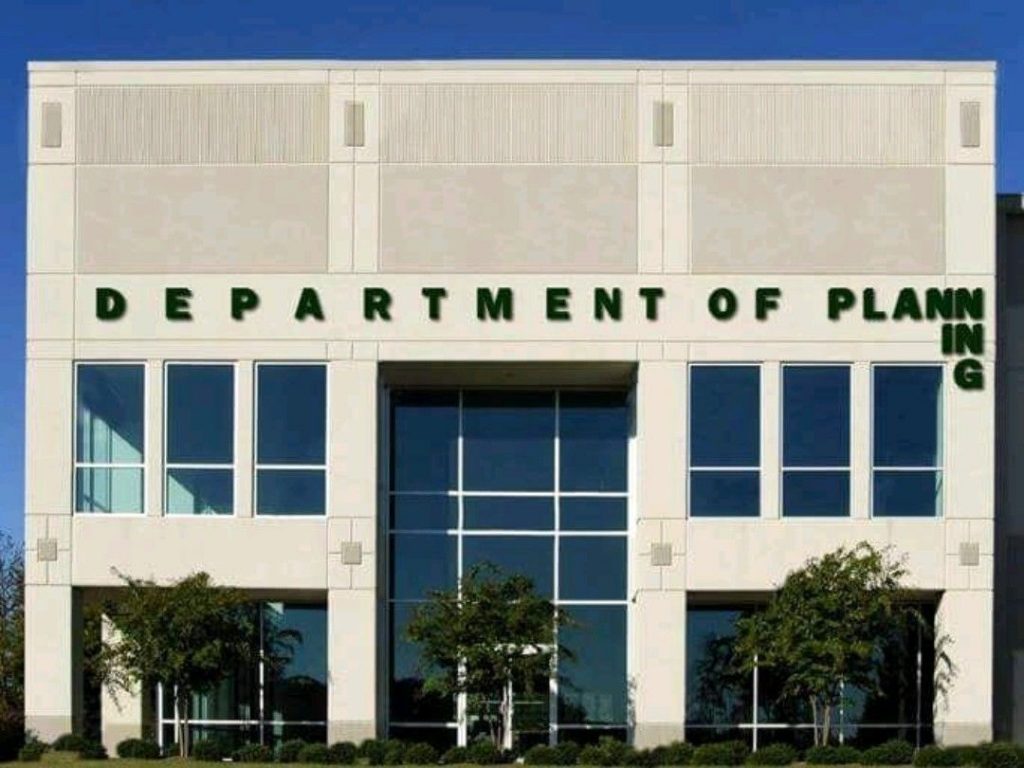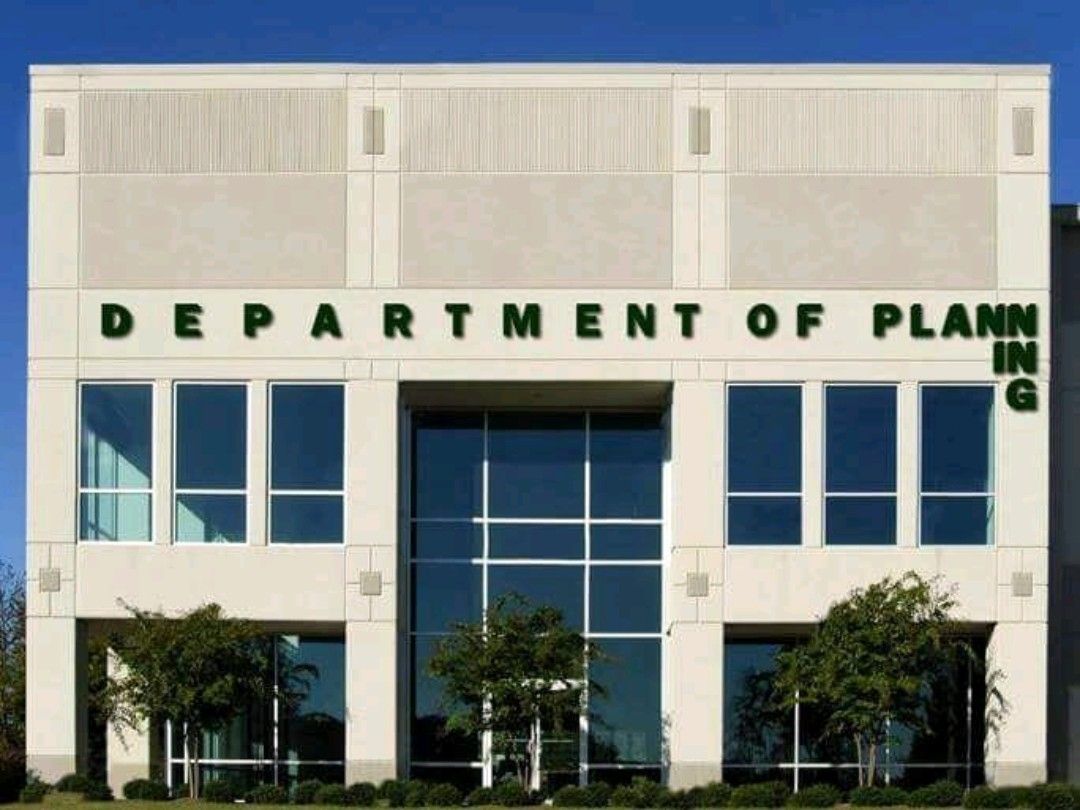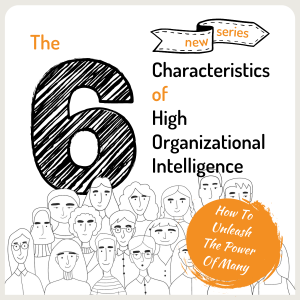
Plans are worthless, but planning is everything
Dwight D. Eisenhower
When we came across the picture above, we thought “OMG, this is such a symbolic picture for planning failures. We need to share it with you!”
Squeeze Plans into a given Framing
How often did you start a new project with creating some plans? You started with a lot of energy and ideas, what has to go into the project and what would be required.
Then you started to put this into a plan. The closer your plans got to the end of the project, the more you realized, that you are running out of time and capacities to make everything fit. And in the end, you simply had to squeeze in the rest of the project to get done. This feels exactly like what you can see in this picture above.
There are a lot of planning failures, when you try to plan a project from start to end. Things will change as you advance and – unless your project is extremely simple – you will not be able to think about everything.
So should you stop planning, if the outcome is worthless? Not at all. The purpose of planning is not to come up with a plan. Moreover it is the collection of everything, which has to be considerd – based on your best knowledge – which makes it worthwhile.
Dwight D. Eisenhower definitely has not heard about Agile, when he said that plans are worthless, but planning is everything. But in essence it is what we understand from working Agile today.
Backlogs, Big-Rooms and Sprints
Putting together things, which need to be done and what will be required for it to become true is worthwhile. This is what we call a High-Level Backlog, reflecting the big picture.
But then we do not put into a sequence with fixed timelines and more details. We know that it will become tight and details will just bring the proof, but not any guarantee.
So we prefer to make everything aware, that the time will get tight and what we have to achieve in this time. Ideally we bring everyone in a room and start to plan, what need to be done first to increase the probability of being successful. We call this Big Room Planning.
When all aspects are considered and dependencies and risks are clearly stated, we boost the probability of success. Everyone will put a focus on the achievements, which have been agreed. Again, instead of putting this into a plan, we give everyone the freedom to work towards the agreed steps.
After a short time we have a look at what could really be achieved and how this changed the probability of success. This is what we call a Sprint today.
After a Sprint we adjust our next steps and go ahead with making things happen. We “slice the elephant into small pieces” and by doing so, we make it consumable.
Motivation Overcomes Planning Failures
If we realize early, that things get wrong – as we cannot achieve what has been thought to be most important – we have the chance to handle it. Also, as we see we have made a significant step, we can celebrate success. This motivates people to find appropriate solutions – together – and maximizes the probability of success.
Motivation is the key to successful projects. If people work together to achieve step-by-step a major goal, uncertainties and ambiguities can be moved out of the way as a project is proceeding.
Planning failures will not completely be dimished, if motivated people work together, but they will be spotted early. A high receptitivity and responsiveness leads into better project management. This is what we call Organizational Intelligence.
Think about this picture the next time you start to make some plans and ask yourself, if you are still planning or if you are about to create a plan!
Need help with it? Get in touch with us.






